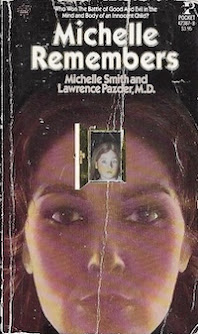An addendum to last week's post on Beyond the Rocks by Elinor Glyn.
I first read about Beyond the Rocks in university, well before I'd heard of Elinor Glyn or her Guelph, Ontario, girlhood. Back then, by which I mean my early twenties, Beyond the Rocks was one of the most sought after lost silents, mainly because its frustrated lovers, Theodora Brown and Hector Bracondale, were played by Gloria Swanson and Rudolph Valentino.
In 2004, by which time I was a deceptively young looking dad, nearly complete nitrate reels were discovered amongst recent donations to Amsterdam's EYE Filmmuseum. The restoration, nothing less than remarkable, is the subject of this short documentary:
As is typically the case, the differences between novel and film are numerous. Here they are particularly interesting in that Mrs Glyn not only co-wrote the screenplay but "supervised."
She rearranged sets, brought in flowers, had costumes altered, and on one occasion picked up a brush and applied dark paint to an extra's hair in order to better match the character she'd envisioned. Remarkably, there's no evidence that any of this behavior brought frustration, tension, resentment or a slap across the face. Indeed, photographic evidence suggests quite the opposite. Here she is goofing around on set with Swanson, Valentino, and director Sam Woods:
Mrs Glyn's first change of note is locale. The opening scene is set in a village on the Dorset Coast, most certainly not Bruges, where Captain Dominic Fitzgerald "lives on the meagre pension of a broken and retired guardsman." For context, I present this image of the Fitzgeralds' modest seaside home (it's the one on the right):
I know, I know... different times.
Where in the novel Bracondale does not appear until the second chapter, here he features in the second minute.
You don't make people wait for Valentino.
In the scene, Hector rescues Theodora, who has somehow fallen out of her rowboat within sight of his yacht.
The adventure, which is not in the novel, takes place before her marriage to Josiah Brown. In the book, Hector first meets Theodora one year into the union.
In another scene not found in the book, Hector saves Theodora's life a second time during her honeymoon in the Swiss Alps.
It almost seems unfair to point out departures from the source material; the similarities are far more numerous. Glyn's accomplishment - and here I give credit also to co-writer Jack Cunningham, along with Swanson, Valentino, and Woods - is that Beyond the Rocks on film and paper share the same romantic atmosphere. If the book is better... well, isn't that almost always the case.
I admire Elinor Glyn's talent. She displays such great ability to condense, often adding scenes that aid in shortening the story. They fit so perfectly that, had I not recently read Beyond the Rocks, I might've thought they were in the novel.
To think she accomplished this when screenwriting was in its infancy. She has much to teach, and does in the four-volume Elinor Glyn System of Writing (1922).































































